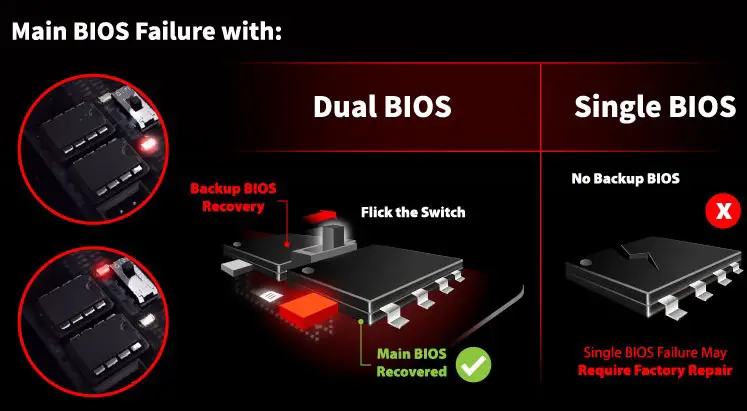The Mad Catz F.R.E.Q. 3 is designed to cover a range of gaming applications, as well as media consumption, and claims to excel at them all. Typically with a headset advertised like this you end up with a closed design, tons of low end, a wide sound stage, and a microphone that handles noisy environments well.
Firstly we’ll take a quick look at the microphone. The positive side of the built-in design means it’s out of your face and easy to move around in a bag without the fear of snapping it off. Sadly that’s about it. Due to the fact that it is not near your mouth there are a few issues that just can’t be worked around. First and foremost your voice comes in pretty low if you don’t run any microphone boost. To counteract that you can boost the microphone level +10dB, but then you run into the other issue of ambient noise. Since it’s not directly in front of your mouth it can’t perform noise cancellation as well and you just end up picking up a ton of noise alongside your voice. At home you might not see those issues as a large deal but you’ll be struggling to get through to your teammates at a LAN if you have to use VOIP.
Moving onto the bread and butter of these headphones: their sound. Mad Catz claims a 20Hz to 20kHz frequency response range and a total harmonic distortion of less than 1%. To the best of my hearing extent, which is just under 18kHz, the claims are true. At way higher than usable volumes I was not able to pick up on any significant levels of distortion. The low end is strong but slightly muddy and is exactly what you’d expect for the F.R.E.Q.’s advertised uses. The mids get swallowed a bit by the lows and the high end is clear but harsh. If EDM is your thing then you’d find the sound to be decent for the price. Stuff like country and vocal-centric stuff don’t come out well at all however.










